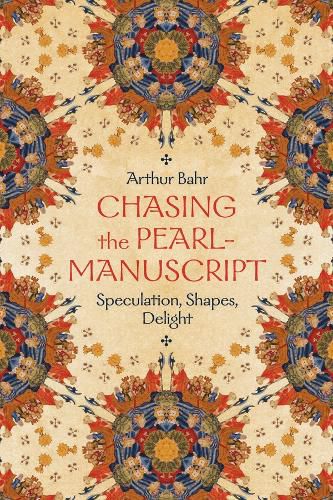Readings Newsletter
Become a Readings Member to make your shopping experience even easier.
Sign in or sign up for free!
You’re not far away from qualifying for FREE standard shipping within Australia
You’ve qualified for FREE standard shipping within Australia
The cart is loading…






A unique study of the only physical manuscript containing Sir Gawain and the Green Knight as both a material and literary object.
In this book, Arthur Bahr takes a fresh look at the four poems and twelve illustrations of the so-called "Pearl-Manuscript," the only surviving medieval copy of two of the best-known Middle English poems: Pearl and Sir Gawain and the Green Knight. In Chasing the Pearl-Manuscript, Bahr explores how the physical manuscript itself enhances our perception of the poetry, drawing on recent technological advances (such as spectroscopic analysis) to show the Pearl-Manuscript to be a more complex piece of material, visual, and textual art than previously understood. By connecting the manuscript's construction to the intricate language in the texts, Bahr suggests new ways to understand both what poetry is and what poetry can do.
$9.00 standard shipping within Australia
FREE standard shipping within Australia for orders over $100.00
Express & International shipping calculated at checkout
A unique study of the only physical manuscript containing Sir Gawain and the Green Knight as both a material and literary object.
In this book, Arthur Bahr takes a fresh look at the four poems and twelve illustrations of the so-called "Pearl-Manuscript," the only surviving medieval copy of two of the best-known Middle English poems: Pearl and Sir Gawain and the Green Knight. In Chasing the Pearl-Manuscript, Bahr explores how the physical manuscript itself enhances our perception of the poetry, drawing on recent technological advances (such as spectroscopic analysis) to show the Pearl-Manuscript to be a more complex piece of material, visual, and textual art than previously understood. By connecting the manuscript's construction to the intricate language in the texts, Bahr suggests new ways to understand both what poetry is and what poetry can do.